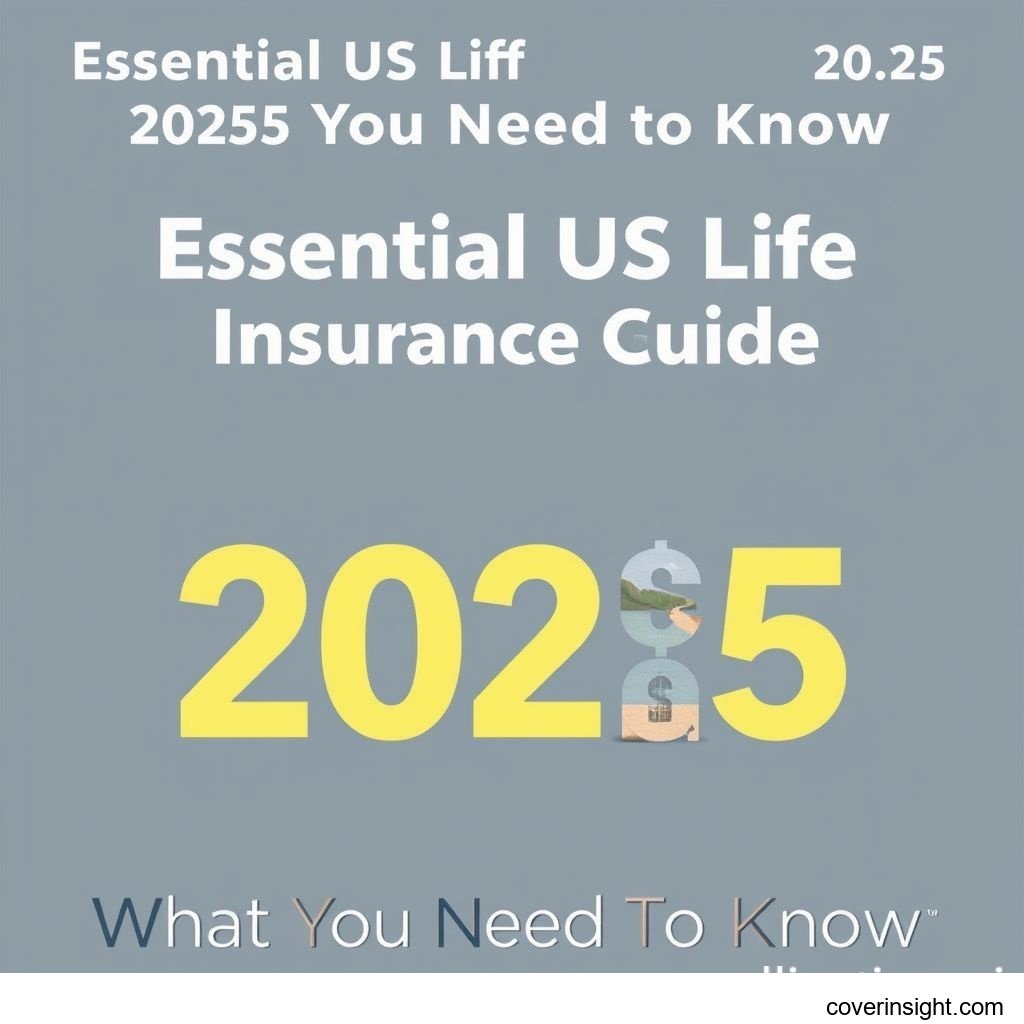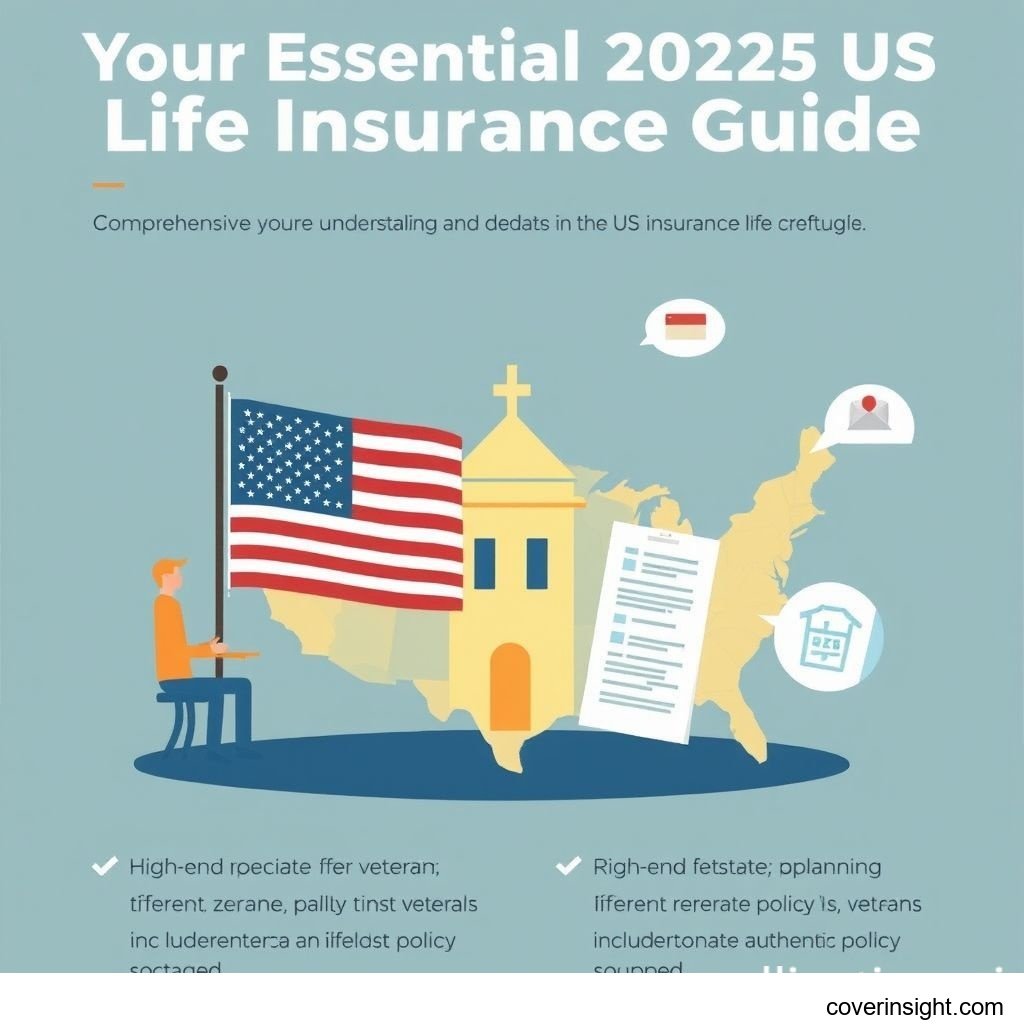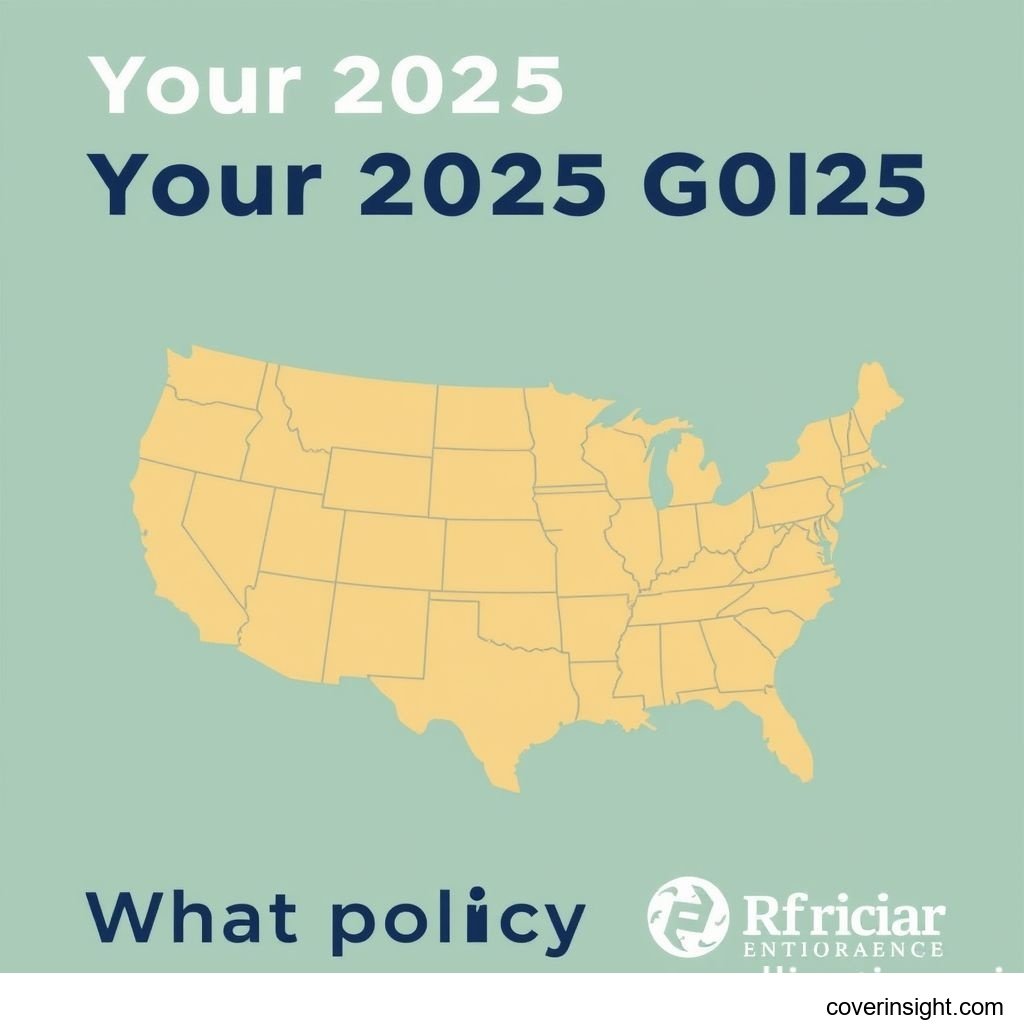Essential US Life Insurance Guide 2025: What You Need to Know
Introduction
The year 2025 is just around the corner, and for many Americans, understanding what is life insurance will remain a crucial piece of their financial puzzle. More than just a policy, life insurance in the US acts as a vital financial safety net, designed to protect your loved ones should the unthinkable happen. It provides a tax-free lump sum—known as a death benefit—to your beneficiaries upon your passing, helping them cover immediate expenses like funeral costs, outstanding debts, and even long-term needs such as mortgage payments, college tuition, or simply replacing lost income. In a dynamic economy, ensuring your family's future financial security isn't just wise; it's often essential for true peace of mind. For broader insights, consider exploring Insurance Resources Global.
Coverage Details
What’s Included
Life insurance policies in the US are primarily designed to pay out a death benefit to your designated beneficiaries. This sum can be used for virtually anything your family needs: covering daily living expenses, paying off a mortgage, funding education, or settling credit card debt. Many policies also offer additional features through "riders," which can enhance coverage. For instance, an accelerated death benefit rider allows you to access a portion of your policy's payout while still alive if you're diagnosed with a terminal illness, providing much-needed funds for medical care or end-of-life expenses. Permanent policies, like whole or universal life, also include a cash value component that grows over time on a tax-deferred basis, which can be borrowed against or withdrawn during your lifetime.
Common Exclusions
While life insurance offers broad protection, it’s not without its limits. Common exclusions typically include death by suicide within the first one to two years of the policy's inception (known as the "suicide clause"). Deaths resulting from illegal activities or material misrepresentation on the application (e.g., lying about health history) can also lead to a denial of benefits. Some policies might also have exclusions for deaths occurring in acts of war, or those resulting from particularly hazardous hobbies or occupations unless these were fully disclosed and specifically covered by the policy. It's always crucial to read the fine print or consult with your insurer to understand all policy specifics.
Cost Analysis
Price Factors
The cost of life insurance isn't a one-size-fits-all figure; it’s a mosaic of personal attributes and policy choices. The most significant factors affecting your premiums include your age (younger typically means cheaper), health status (medical history, current conditions, smoking habits), and lifestyle (risky hobbies, occupation). The type of policy you choose—term life (coverage for a specific period) versus permanent life (lifelong coverage with cash value)—also plays a huge role, as does the coverage amount (the larger the death benefit, the higher the premium). Even the specific riders you add can nudge the price up.
Saving Tips
Looking to save a few bucks on your policy? You're not alone. One of the best tips is to buy life insurance when you’re young and healthy, as premiums tend to increase with age and declining health. Maintaining a healthy lifestyle—eating well, exercising, and avoiding smoking—can significantly lower your rates. Don't be afraid to shop around and compare quotes from multiple insurers; prices can vary wildly. Sometimes, bundling life insurance with other policies like home or auto insurance from the same provider can offer discounts, though this isn't always the best deal. For comprehensive guidance on comparing plans, the National Association of Insurance Commissioners offers valuable resources.
FAQs
-
How much does what is life insurance cost?
The cost varies greatly. A healthy, non-smoking 30-year-old might pay anywhere from $20-$40 per month for a 20-year term policy with $250,000 in coverage, while a 50-year-old with health issues could pay significantly more.
-
What affects premiums?
Premiums are primarily affected by your age, health (including smoking status), gender, policy type (term vs. permanent), coverage amount, and any riders you add. Your lifestyle and occupation can also be factors.
-
Is it mandatory?
No, life insurance is not legally mandatory in the United States. Unlike auto insurance in most states, there's no government requirement to carry life insurance.
-
How to choose?
To choose the right policy, assess your financial needs (debts, dependents, future expenses), determine your budget, compare quotes from different providers, and consider speaking with a licensed financial advisor. Websites like Healthcare.gov provide general information that can often link to broader insurance resources. For state-specific details, check your State Insurance Departments.
-
Consequences of no coverage?
Without life insurance, your loved ones could face significant financial hardship upon your passing. This might include struggling with funeral costs, outstanding debts, loss of income, and inability to maintain their current lifestyle or achieve future financial goals like college education.
Local Insight: Protecting American Families
In the U.S., the importance of life insurance is starkly highlighted by economic realities. According to LIMRA's 2023 Barometer Study, only about 52% of Americans own some form of life insurance, leaving a significant protection gap for many families. This means nearly half of the country's households could face severe financial strain if a primary earner were to pass away. Furthermore, with the Centers for Disease Control and Prevention (CDC) reporting the average life expectancy in the U.S. currently around 77.5 years, insurers factor in a longer potential payout period for permanent policies, influencing their pricing models.
Consider the case of the Miller family in Pennsylvania. Mr. Miller, a middle-aged father of two, unexpectedly passed away from a sudden medical emergency. Fortunately, he had secured a $750,000 term life insurance policy just a few years prior. This policy wasn't just a piece of paper; it was a financial lifeline. It allowed his wife to pay off their remaining mortgage, ensuring their children wouldn't have to move, and provided sufficient funds to cover college tuition costs without dipping into their retirement savings. This tangible security, provided by an advance financial plan, prevented what could have been an overwhelming tragedy from becoming a catastrophic financial collapse. It's a testament to the practical, real-world impact of adequate coverage, illustrating why so many consider it a cornerstone of responsible financial planning. For more detailed state-level information, navigating to your local US Insurance Home resources can be highly beneficial.
Author Insight & Experience
Based on my experience living in the US and observing countless financial scenarios, I've seen firsthand how a thoughtful approach to life insurance can truly alter the trajectory of a family's future. It's not about planning for your demise, but rather about securing the ongoing well-being and aspirations of those you cherish most. The thought of leaving loved ones burdened by debt or unable to pursue their dreams due to financial constraints is a powerful motivator for many. In a world full of uncertainties, choosing the right life insurance policy is one of the most proactive and loving decisions you can make to provide a lasting legacy of security, ensuring that even if you're no longer there, your care and foresight continue to protect them.









Comments